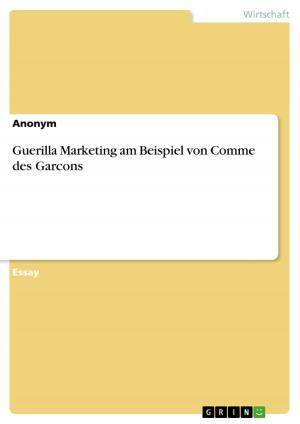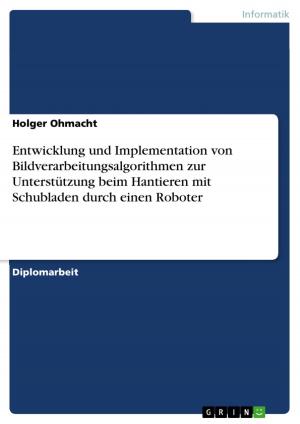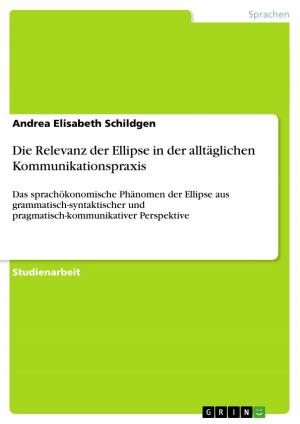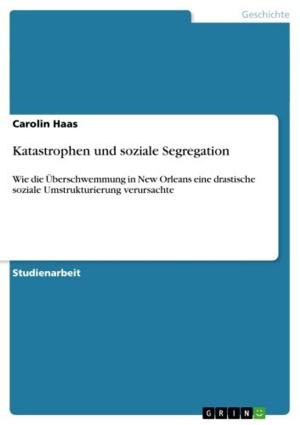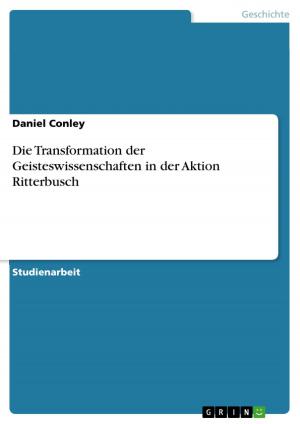Opportunities and Potential Problems of Two-Way Immersion Programs in the U.S.
Nonfiction, Entertainment, Drama, Anthologies| Author: | Imke Meyer | ISBN: | 9783640956470 |
| Publisher: | GRIN Verlag | Publication: | July 12, 2011 |
| Imprint: | GRIN Verlag | Language: | English |
| Author: | Imke Meyer |
| ISBN: | 9783640956470 |
| Publisher: | GRIN Verlag |
| Publication: | July 12, 2011 |
| Imprint: | GRIN Verlag |
| Language: | English |
Seminar paper from the year 2010 in the subject English Language and Literature Studies - Linguistics, grade: 1,3, University of Paderborn, language: English, abstract: Bilingual education in the U.S. has always been subject to lively discussions. Are immigrant children, who have recently come to the U.S., supposed to assimilate into English as fast as possible or should they maintain their native language when entering the American school system? Unfortunately, current English immersion and English as a Second Language (ESL) programs tend to choose the first option. In most cases, minority language students (those who speak a language other than English) are placed in programs which are of a subtractive nature: Rapid transition into the English language not only replaces the native language of these children, but also neglects the culture and heritage connected with that language. Besides this serious concern for minority language students, there is another problem with lan-guage learning in the U.S.: Language majority students (those who only speak Eng-lish) receive an average of two years of foreign language instruction in high school, which does not even come close to develop fluency (Frengel: 2003: 47). All things considered, the U.S. seriously risks becoming a monolingual society in a multicul-tural world. A program which has the potential to solve this problem is the so-called Two-Way Immersion Program (TWI). The special advantage of a TWI program is that it integrates language minority and language majority students in one classroom and provides instruction to all students in both the minority as well as the majority lan-guage. The central goal of these programs is full bilingualism of both groups of stu-dents. Due to the high rates of immigrants entering the U.S. in the last 20 years, the need for TWI programs has increased enormously. Since the State of California has received the most immigrants with around 100,000 immigrants per year (Lindholm-Leary 2001: 10), it also has the largest minority language population of students, with Spanish being the prevailing native language. Because of the special situation of California, this essay will focus on Spanish-speaking minority students taking part in TWI programs in California. . In particular, the essay will discuss the question how the sociological factors 'society', 'social identity' and 'family' influence these minority language students in a positive and/or negative way.
Seminar paper from the year 2010 in the subject English Language and Literature Studies - Linguistics, grade: 1,3, University of Paderborn, language: English, abstract: Bilingual education in the U.S. has always been subject to lively discussions. Are immigrant children, who have recently come to the U.S., supposed to assimilate into English as fast as possible or should they maintain their native language when entering the American school system? Unfortunately, current English immersion and English as a Second Language (ESL) programs tend to choose the first option. In most cases, minority language students (those who speak a language other than English) are placed in programs which are of a subtractive nature: Rapid transition into the English language not only replaces the native language of these children, but also neglects the culture and heritage connected with that language. Besides this serious concern for minority language students, there is another problem with lan-guage learning in the U.S.: Language majority students (those who only speak Eng-lish) receive an average of two years of foreign language instruction in high school, which does not even come close to develop fluency (Frengel: 2003: 47). All things considered, the U.S. seriously risks becoming a monolingual society in a multicul-tural world. A program which has the potential to solve this problem is the so-called Two-Way Immersion Program (TWI). The special advantage of a TWI program is that it integrates language minority and language majority students in one classroom and provides instruction to all students in both the minority as well as the majority lan-guage. The central goal of these programs is full bilingualism of both groups of stu-dents. Due to the high rates of immigrants entering the U.S. in the last 20 years, the need for TWI programs has increased enormously. Since the State of California has received the most immigrants with around 100,000 immigrants per year (Lindholm-Leary 2001: 10), it also has the largest minority language population of students, with Spanish being the prevailing native language. Because of the special situation of California, this essay will focus on Spanish-speaking minority students taking part in TWI programs in California. . In particular, the essay will discuss the question how the sociological factors 'society', 'social identity' and 'family' influence these minority language students in a positive and/or negative way.


